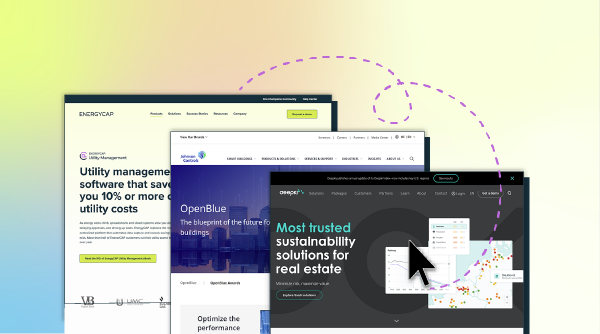Congratulations! Thanks to your effective energy management and building operations practices, you’ve achieved two months of “flatlining” your buildings. As proven by your smart meter data, effective shutdowns of high daily “occupied” electric loads have been flatlined, the only bumps being slightly higher nighttime security lighting loads.
You can’t wait to run a full month of cost avoidance reports to see record-setting utility cost savings, as I described in recent blogs.
But wait…given the special and unprecedented circumstances of the COVID-19 shutdowns, should you consider any changes to M&V (measurement and verification of savings) calculations and reports?
The answer is a firm–it depends.
There are some M&V best practices to consider. As a rule, the purpose of M&V reporting (called Cost Avoidance in EnergyCAP), is to show the usage and cost you avoided due to energy management initiatives. So yes, your effective flatlining of unoccupied or partially occupied buildings for two months was an energy management initiative that you implemented.
But it may not be that simple. Are any of your buildings included in performance-based contracts? Are payments to a contractor based on the savings realized due to a retrofit or behavior-based project? What’s the best way to be fair for the shutdown period? It’s quite obvious that the performance contractor should not get full credit for the shutdown, because the avoidance cannot be fully attributed to the project. That would result in an overpayment to the contractor. But on the other hand, the contractor’s project deserves at least some credit. Perhaps new HVAC technology has enabled more effective management of shutdowns, or on-site behavior specialists have verified and enforced deep setbacks.
There are four approaches to shutdown period M&V for performance-based contracts:
- Run Cost Avoidance as normal and let the results fall where they may. This is hardly fair to the owner because it gives 100% credit to the contractor and is not recommended.
- Use an EnergyCAP special adjustment to set the meter to “no loss/no gain” during the shutdown period. This is hardly fair to the contractor and is also not recommended.
- Use an EnergyCAP special adjustment, plus your own detailed and documented engineering calculations, to adjust cost avoidance calculations on a percentage or adjusted use/day basis to give the contractor credit for a calculated portion of the avoidance. This approach may be fair— provided both parties agree with the adjustment calculations—but it requires time-intensive and high skill level engineering calculations. It’s feasible when only one or two meters are involved, but if there are dozens or hundreds of meters you will quickly find it to be unworkable.
- Both parties agree that a reasonable accommodation of the circumstances is to set cost avoidance equal to the prior year (assuming the project was operable last mid-March to mid-May). Special adjustments can be added in EnergyCAP to lock-in cost avoidance to last year’s values during the date ranges of the shutdown. You won’t find this approach specifically described in M&V protocols, but the guidelines do state that any method agreed upon by all parties is acceptable.
Your next big savings challenge may be just weeks ahead. Total building shutdowns are, in many ways, easy. Just turn it off and set it back. But partial occupancy can be trickier. Do you need to run all eight zones in “occupied” mode or can you consolidate activities and keep four zones in shutdown mode?
Now’s the time to formulate a “return to work” plan so you can realize maximum usage and cost avoidance for the next three months.
{{cta(‘549fec34-0824-46a9-ac8e-654f2fadf87c’,’justifycenter’)}}











